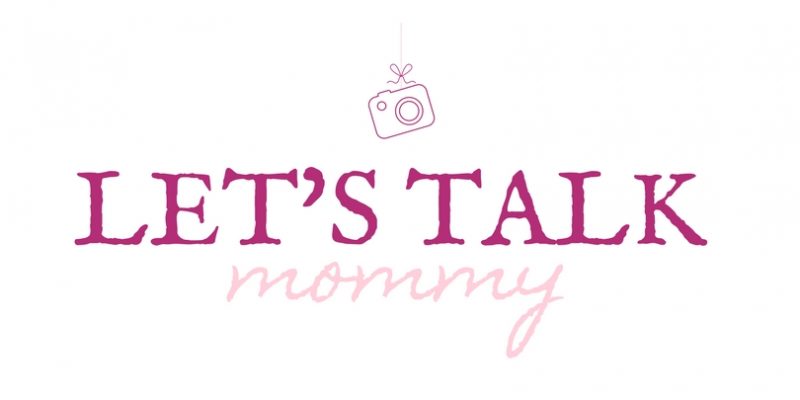
There are a couple of points in your life where you might need to start thinking about the idea of making your home elderly-friendly. In essence, this means that your home is suitable for older people to live in. You’ve adapted it and made some subtle changes that reduce the risk of falls and can improve an elderly person’s independence.
The two points in your life where this will be necessary are when you get older and when you have elderly parents living with you. Obviously, we will all get older, but most of you aren’t at the point where this is required just yet. Instead, you fall into the second category as you are caring for your elderly parent(s). With this in mind, here’s how you make your home more elderly-friendly:
Non-slip floors
It makes sense to have non-slip flooring materials in your home, meaning you may have to avoid the shiny laminate flooring. Carpet is perhaps the best as it is harder for elderly people to slip on, while it also provides a softer cushion if falls do occur.
Practical furniture
Secondly, you may need to invest in some practical furniture for your elderly parents. As you can see on the Knightsbridge Furniture website, there are lots of armchairs that are designed for elderly people. The seats are higher up, making them easier to get in and out of. You also have some chairs that can tilt up at the press of a button, making it even easier for an old person to get up. You also have beds that can do the same, but the idea is that you have furniture options that let your elderly parent feel both comfortable and more independent.
Grab bars
Grab bars, also called railings, can be attached to walls and provide an elderly person with something to hold onto. This can be very useful in the bathroom, letting them hold onto the bar when getting in the shower or using the toilet. You could also put them in the entrance hall – or anywhere else in the home that seems relevant.
An improved bathroom
Speaking of the bathroom, it really needs to undergo some renovations to be suitable for elderly people. A traditional bath should be no more – showers are more practical as it is hard for an older person to get in and out of a bath. Ideally, you will have a walk-in shower, and you need to have a seat in there too. This gives the elderly person somewhere to sit while they shower, so they don’t get tired. Again, it helps them do things by themselves without needing extra help.
That final point is such a key one; making a home elderly-friendly is largely about making elderly parents feel more competent. By making adjustments and changes you ensure they’re able to do more while feeling comfortable. They may still need your help with certain things, but you’ve at least managed to restore some independence – such as helping them wash without needing someone to lift them in or out of the bath.
*collaboration





